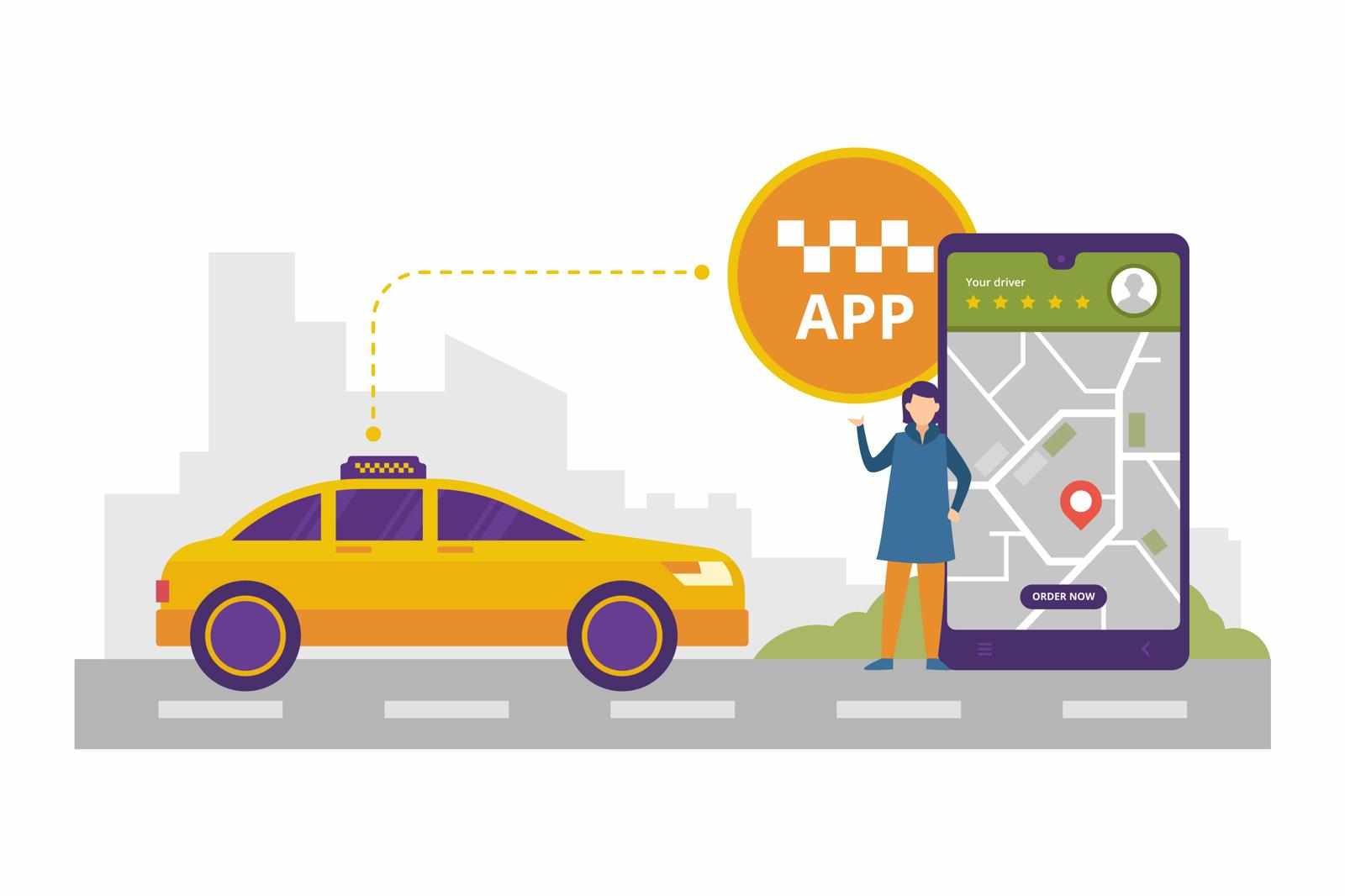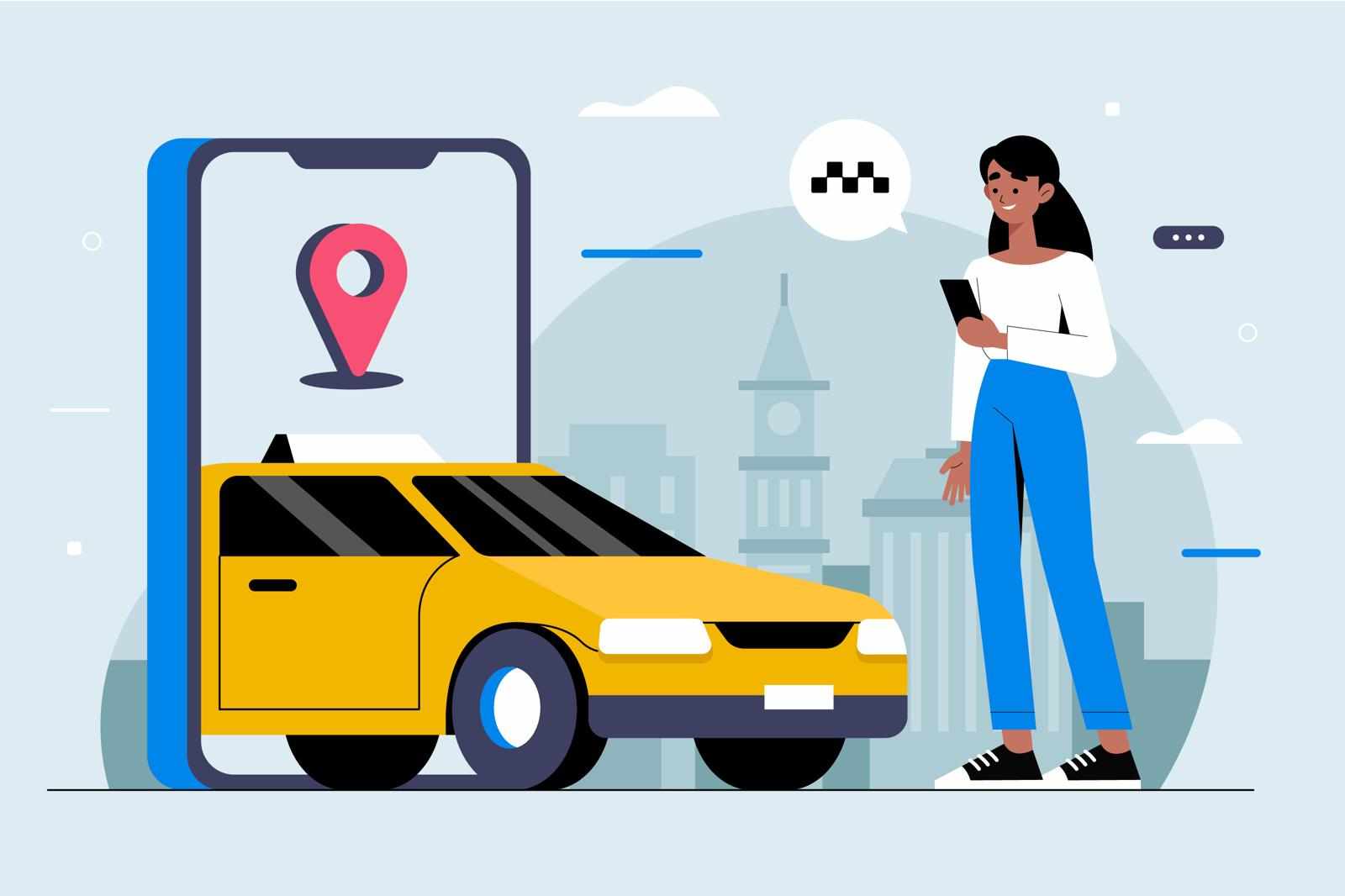
If you’re serious about growing your taxi business, there’s one thing you simply can't afford to ignore your app’s backend. Whether you're starting from scratch or scaling an existing fleet, partnering with a top-notch taxi app development company is the game-changer you need.
At first glance, your customers only see the sleek app interface — the map, the booking button, the driver profile. But behind that smooth surface lies a robust engine powering every tap, swipe, and notification. That engine is the backend, and it can make or break your taxi app experience.
Let’s dive into why the backend is more than just “technical stuff” — it’s your business’s brain.

Understanding the Backbone – What Is an App Backend?
Think of your app like a car. The frontend is the visually appealing part of a website or application that users interact with. But under the hood, the backend is the engine — handling logic, data processing, and communication.
In short, the backend is where all the real action happens:
It handles user data securely.
Processes booking requests.
Communicates with drivers.
Tracks locations in real-time.
Without it, your taxi app is just a pretty shell with no muscle.
Why Taxi Businesses Can’t Rely on Just the App Interface
Let’s get real — taxi services are fast-paced. Customers want instant rides, drivers need quick alerts, and admins must monitor everything.
A frontend-only app can’t:
Match riders and drivers efficiently.
Handle fare calculation dynamically.
Send alerts during high-demand hours.
Your backend is what brings everything together in real time — like air traffic control for a busy airport.
Core Functions of a Taxi App Backend
User and Driver Authentication
Your backend keeps accounts secure and ensures that only verified users and drivers access the platform.
Real-Time GPS Tracking
Backends connect to mapping APIs to show where your drivers and riders are at all times.
Ride Management and Dispatching
Smart algorithms decide which driver to assign based on location, availability, and performance.
Fare Calculation & Payment Processing
Backends handle price estimations, dynamic pricing during surge hours, discounts, and payment gateways.
Notifications and Alerts
Push notifications, SMS alerts, and emails — all managed by your backend systems.
Enhancing Customer Experience Through Backend Efficiency
Faster Ride Matching
Your backend ensures minimal waiting time by smartly analyzing driver proximity and ETA.
Smooth Payment Flow
Integrations with wallets, cards, and UPI are handled behind the scenes for frictionless transactions.
Live Support Integration
In-app chat or call features are connected via backend systems, offering real-time help to users.
Backend as the Brain of Your Taxi Operation
Centralized Control Panel for Admins
Track rides, manage disputes, check income reports — all from one dashboard.
Driver Monitoring and Performance Reports
See how your drivers are doing — ratings, completed trips, cancellations, and more.
Fraud Detection and Security Controls
Block suspicious activities, manage fake accounts, and secure data integrity.
Scalable Backends for Growing Taxi Fleets
Managing 10 vs 10,000 Drivers
A good backend scales automatically. From local cabs to global fleets — same engine, bigger horsepower.
Auto-Scaling Infrastructure Explained
Cloud platforms like AWS and Google Cloud allow your backend to expand resources based on real-time demand.
Key Technologies Behind Powerful Taxi App Backends
Node.js, Laravel, Firebase, MongoDB
These modern stacks ensure fast, real-time operations with minimal lag.
Cloud Hosting and Serverless Architecture
With tools like AWS Lambda or Google Cloud Functions, your backend runs lean and fast without overloading servers.
Integrations That Matter
Third-party Payment Gateways
Stripe, PayPal, Razorpay — securely integrated with backend APIs.
SMS and Email APIs
Send real-time updates and alerts to users and drivers with Twilio, SendGrid, and more.
Google Maps and Routing APIs
For smart navigation, ETA predictions, and optimized routing.
Real-Time Analytics and Business Intelligence
Insights That Help You Grow
See when your busiest hours are, which drivers perform best, and how customers behave.
Heatmaps, Trip Logs, and Driver Ratings
Visual tools in your admin backend help you make data-driven decisions.
Backend Maintenance and Upgrades
Continuous Monitoring
Ensure uptime and performance through monitoring tools like Datadog or New Relic.
Bug Fixes and Feature Rollouts
Quick updates keep your system fresh, secure, and responsive to market changes.
Choosing the Right Taxi App Development Company
What to Look for
Seek companies that specialize in real-time systems, have backend development expertise, and offer long-term support.
Experience with Scalable Backend Systems
Not all developers can build systems that scale. Make sure they’ve done it before — ideally for other taxi platforms.
Cost of Building a Backend and ROI
Development vs Long-Term Value
Yes, building a backend costs money upfront — but it saves you thousands in downtime, bad UX, and lost customers.
Backend as an Investment, Not Expense
Think of your backend like building a strong foundation. Weak foundations can’t support growth.
Case Studies: Businesses That Grew with Backend Optimization
Real Examples
Several small-town taxi companies partnered with expert dev teams and saw 3x growth just by optimizing the backend.
Lessons Learned
Backend upgrades led to better customer retention, driver satisfaction, and operational efficiency.
Conclusion
A taxi app isn’t just about maps and bookings — it’s about everything happening behind the scenes. From dispatch logic to payment security, the backend runs the show. Skimping here is like racing in a car with no engine.
To stay competitive and deliver next-level experiences, your backend must be robust, scalable, and smart. So, when you're evaluating partners, make sure to go with a team that understands this deeply — ideally a Mobile App Development Company in USA that has a track record of building powerful backend systems.
Frequently Ask Questions:
1. Why can’t I just build a simple app without a backend?
Ans: You can, but it won’t scale. Without a backend, you lose real-time features, security, and data management capabilities.
2. How much does a backend for a taxi app cost?
Ans: It varies, but expect anywhere from $5,000 to $50,000 depending on complexity, scalability, and integrations.
3. Can a backend improve driver performance?
Ans: Absolutely! With real-time analytics and performance tracking, you can incentivize good drivers and train the rest.
4. Is Firebase a good option for my taxi app backend?
Ans: Yes, Firebase is excellent for real-time data, notifications, and user authentication. However, for complex logic, a custom backend is better.
5. How often should I update my backend?
Ans: Regularly — at least quarterly. Tech evolves fast, and regular updates ensure stability, security, and new features.


Write a comment ...